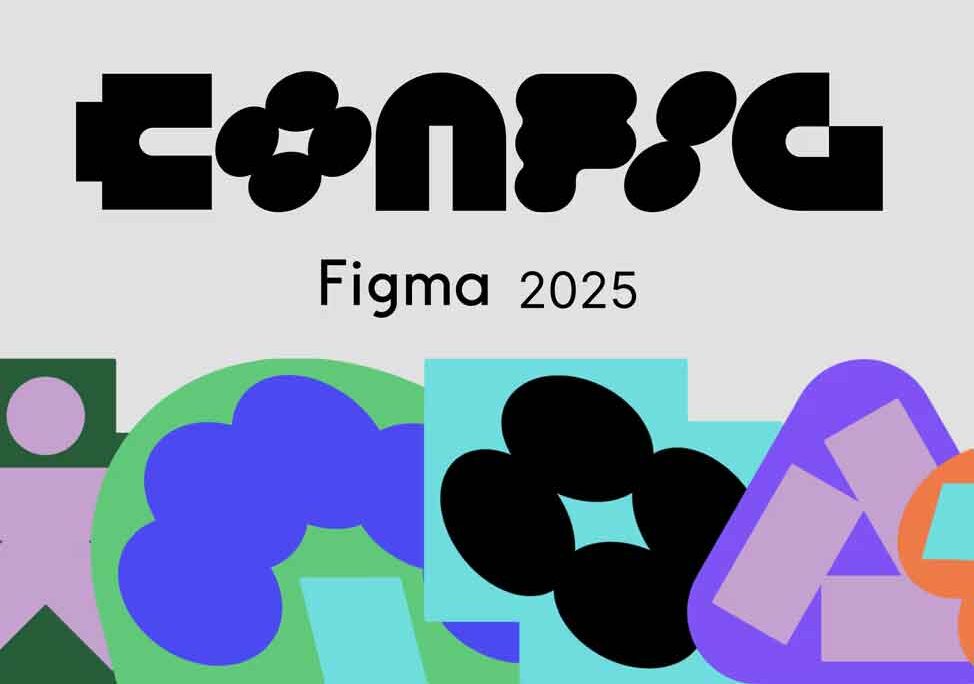Figma’s Config 2025 conference marked a significant leap in the design world, unveiling a suite of innovative tools that seamlessly blend design, development, and marketing. These additions position Figma as a comprehensive platform, challenging industry giants like Adobe, WordPress, and Canva.
1. Figma Sites: From Design to Live Website
Figma Sites empowers designers to transform their creations into fully responsive websites without writing a single line of code. Integrated with Figma Design, it offers templates, layout blocks, and AI-generated code snippets. Designers can even use natural language prompts to create animations, such as “animate the text to fall into place like a feather.” A content management system (CMS) is slated for release later this year, enhancing content management capabilities.
2. Figma Make: AI-Powered Prototyping
Figma Make introduces an AI-driven approach to prototyping, allowing users to convert textual descriptions into functional prototypes. Powered by Anthropic’s Claude 3.7 model, it enables rapid iteration from concept to interactive design. This tool is currently in beta for full-seat users, with plans for broader integrations in the future.
3. Figma Buzz: Streamlined Marketing Content Creation
Figma Buzz caters to marketing teams, facilitating the creation of brand-consistent assets at scale. It offers AI-assisted tools for generating and editing images, sourcing data from spreadsheets to produce thousands of assets efficiently. This positions Figma as a formidable alternative to platforms like Canva.
4. Figma Draw: Advanced Vector Illustration Tools
Figma Draw enhances the platform’s illustration capabilities, introducing features such as expressive brushes, texture effects, and advanced vector editing tools. Designers can now create intricate visuals, logos, and icons without leaving the Figma environment. This tool is generally available for full-seat users.
5. Grid 2.0 and Enhanced AI Features
Complementing the major tool releases, Figma introduced Grid 2.0, offering flexible layout grids for responsive design. Additionally, enhanced AI features now assist in image generation, editing, and prototyping, further streamlining the design process.
Conclusion
Figma’s Config 2025 announcements signify a transformative shift in the design landscape, emphasizing AI integration and unified workflows. By bridging the gaps between design, development, and marketing, Figma is poised to become the go-to platform for end-to-end product creation.



